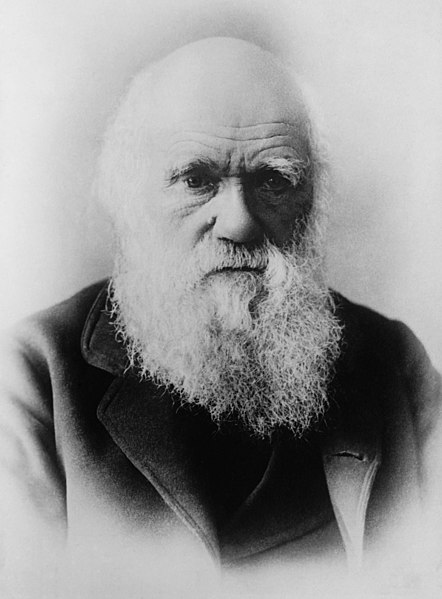 |
| Aché man hunting. Credit: Wiki |
“So the bottom line is that foragers are often in good shape and they look it. They sprint, jog, climb, carry, jump, etc all day long but are not specialists.”The quote above is excerpted from a description given by anthropologist Kim Hill (whose work I've previously written about here) of his experience observing the behaviors of the Aché of Paraguay and the Hiwi of Venezuela. The ASU professor, who has been living and studying the tribes for more than 30 years, recently had his work highlighted in a commentary published in Progress in Cardiovascular Diseases.
The article, whose lead author was James O'Keefe, MD, examines the daily physical activity patterns among hunter gatherers and fossil hominins. According to the authors, ancestral hunter-gatherers expended as much as five times more amounts of energy on physical activity than the average modern sedentary adult.
Based on data from Cordain's earlier work and that of colleagues, the article proposes a cross-training exercise regimen, as opposed to specialized trainings of Olympic athletes, intended to mimic the way of life that is required of a typical hunter gatherer. The "prescription for organic fitness" includes 14 essential features, which the authors suggest "appear to be ideal for developing and maintaining fitness and general health while reducing risk of injury."




